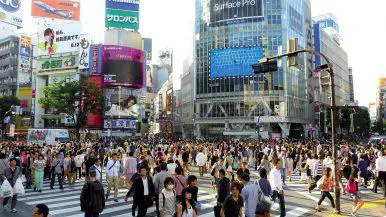South Korea's industrial output grew at a faster pace compared with the prior month due to solid exports, especially in the tech and auto sectors, a government report showed Monday.
Production in the all industries, including manufacturing, service, construction and public administration sectors, increased 1 percent in August from a month earlier, according to Statistics Korea. It was the fastest growth in four months.
From a year earlier, the output rose 2.8 percent in August after gaining 1.4 percent in the previous month.
The faster growth was attributable to robust exports, which account for around half of the South Korean economy. Exports expanded 7.7 percent in August from a year earlier. The August trade surplus was 4.85 billion U.S. dollars, marking the 19th straight month of surplus since February last year.
Output in the manufacturing and mining industries grew 1.8 percent in August from a month earlier after falling 0.3 percent in the previous month.
Output in the audio, video and communications sector, including smartphones, jumped 11.1 percent on-month in August, and automobile production surged 18.9 percent. The end of labor strikes in the GM Korea boosted auto production, with auto exports soared 42.9 percent last month.
Production in the steel and chemical industries reduced 2 percent and 1.6 percent each in August from a month earlier due to restrictions on electricity usage during the summer peak season for power demand.
Manufacturers operated at an average capacity of 76.5 percent in August, up 2.3 percentage points from a month ago. Inventories declined 0.2 percent last month, sending the ratio of inventory to shipment to 115.1 percent in August, down 2.8 percentage points from the prior month.
Output in the service industry grew 0.7 percent on-month in August after reducing 0.4 percent in the previous month. The rebound came as sales in the restaurant and lodging industries improved during the summer vacation season.
On the expenditure front, retail sales increased 0.4 percent on- month in August, down from a 1.2 percent gain in the prior month. Demand for durable goods reduced 0.3 percent amid weak domestic demand, but sales of non-durable goods edged up 0.2 percent due to demand for traveling items during the summer vacation season.
Facility investment grew 0.2 percent on-month in August after declining 2.7 percent in the prior month. Demand for machinery reduced 1.7 percent, but those for transport equipment jumped 9.1 percent after the flag carrier Korean Air Lines imported a large airplane.
The construction sector showed a rosy picture. The value of construction completed at a constant price rose 0.1 percent on- month in August after falling 0.9 percent in the previous month due to brisk sales of apartments. Construction orders received at a current price inched up 0.1 percent last month.
The cyclical component of the composite leading indicator, which reflects outlook for industrial conditions, gained 0.3 point in August from a month ago, keeping its upward trend for five straight months. The coincident index of economic indicators rose 0.2 point last month.
 简体中文
简体中文





